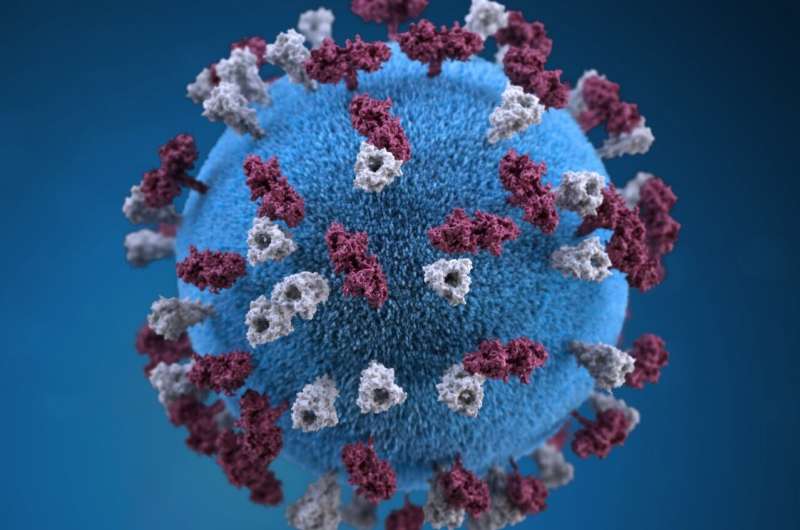Breakthrough Immunotherapy Reverses Heart Damage from Cholesterol Accumulation

A groundbreaking immunotherapy developed by international researchers demonstrates the ability to reverse mitochondrial damage caused by cholesterol buildup in the heart, opening new possibilities for cardiovascular treatment. source: https://medicalxpress.com/news/2025-05-experimental-immunotherapy-reverses-heart-energy.html
An innovative immunotherapy has shown promise in reversing the damage caused by cholesterol buildup within the heart’s mitochondria, according to recent research published in the Journal of Lipid Research. Led by Dr. Vicenta Llorente-Cortés from the Institute of Biomedical Research of Barcelona and collaborating with multiple international institutions, the study uncovers how esterified cholesterol transported by lipoproteins infiltrates cardiac cells, impairing mitochondrial function and energy production.
The research highlights that the LRP1 receptor on cardiomyocytes facilitates the entry of cholesteryl esters into the mitochondria, disrupting their structure and impairing respiratory chain function critical for cardiac energy supply. This cellular mechanism, previously unrecognized, links high cholesterol levels directly to mitochondrial damage and heart dysfunction.
Using advanced techniques such as mass spectrometry, confocal microscopy, and a rabbit model with lipid profiles akin to humans, scientists demonstrated that targeting the LRP1 receptor with monoclonal antibodies against its P3 domain effectively blocks cholesterol transport into mitochondria. This approach resulted in a significant reduction in mitochondrial lipid load, restored mitochondrial architecture, improved oxidative phosphorylation efficiency, and normalized ATP production, which is vital for heart contractions.
This targeted immunotherapy not only halts the progression of mitochondrial damage but also reverses existing dysfunction, suggesting a new therapeutic avenue for conditions like obesity, myocardial ischemia, and hypercholesterolemia where intracellular cholesterol deposition damages heart cells. Dr. Llorente-Cortés emphasizes that this strategy allows treatment at a cellular level, inside the mitochondria, addressing a crucial unmet need in cardiovascular medicine.
Given that cardiovascular diseases remain the leading cause of death worldwide, this discovery offers hope for innovative treatments aimed at protecting mitochondrial function from within, especially in patients with persistent high cholesterol that cannot be managed solely through conventional methods. Future research aims to validate these findings further and explore potential clinical applications.
Stay Updated with Mia's Feed
Get the latest health & wellness insights delivered straight to your inbox.
Related Articles
Potential Benefits of GLP-1 Receptor Agonists for Reducing Obesity-Related Cancers and Mortality
New research indicates that GLP-1 receptor agonists may lower the risk of obesity-related cancers and reduce mortality rates among adults with obesity and diabetes. Learn more about these potential health benefits.
Minnesota Detects 13 New Cases of Measles in 2025, Total Reaches 18
Minnesota reports 13 new measles cases in 2025, raising the total to 18 amid declining vaccination rates and recent international travel-linked outbreaks. Vaccination remains crucial to prevent further spread.
Discovery of Five New Genetic Risk Factors for Uterine Cancer
A groundbreaking study reveals five new genetic regions linked to uterine cancer risk, enhancing understanding and opening avenues for targeted therapies. Discover how genetic insights improve prediction and prevention of endometrial cancer.



